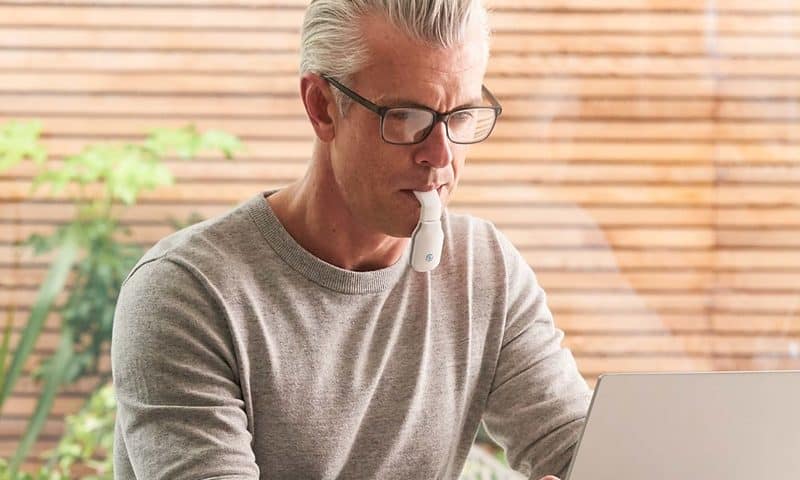Forget counting sheep—Signifier Medical Technologies now has about 35 million other things to tally up in its mission to build devices to improve sleep-disordered breathing.
The London-based company recently closed its series D funding round, which brought in $35 million from lead investors Segulah Medical Acceleration, Angelus Venture Fund I, Pioneer Healthcare Partners and Alan Howard, the co-founder of European hedge fund platform Brevan Howard Asset Management.
Following close behind the FDA’s approval of Signifier’s flagship device to treat mild cases of sleep apnea and excessive snoring, the financing will primarily be used to support the commercialization of the eXciteOSA system.
Signifier will also fund further studies of the device to strengthen the evidence of its treatment capabilities and will continue to develop the eXciteOSA’s accompanying digital management platforms for both patients and physicians.
“We are very excited about the prospects for eXciteOSA as a revolutionary daytime therapy to treat OSA. With an estimated 25% of the global adult population suffering from sleep-disordered breathing, we believe that eXciteOSA will become the first-line therapy for these patients,” said Roger Gunnarsson, Managing Partner at Segulah Medical Acceleration.
The eXciteOSA system centers on a handheld device that is placed on the tongue for 20-minute sessions during the day. It emits low-intensity electrical impulses through four electrodes to stimulate and strengthen the tongue and pharyngeal muscles.
Building up strength in these areas in turn lowers the risk that tongue muscles will fully relax and collapse in the night. Collapsed tongue muscles can block the airway and contribute to sleep disorders including obstructive sleep apnea and excessive snoring, which have been linked to a range of other serious medical conditions, from hypertension and diabetes to stroke and depression.
Signifier’s system offers a less invasive and easier-to-use alternative to CPAP machines, which require a clunky mask to be worn all night while a loud motor pumps oxygen into the nose and mouth to keep airways open.
Users can track and control their usage of the device with a connected smartphone app. Data collected by the app are monitored remotely by each patient’s care team through a physician-specific digital portal.
In clinical studies, when used consistently for at least six weeks, eXciteOSA was shown to reduce snoring time in 90% of patients, with 80% reporting that their snoring time had fallen at least 50%. Nearly 80% of study participants with sleep apnea saw their symptoms lessen with use of the device.
Additionally, Signifier’s studies suggest that its system integrates well into users’ daily lives, with more than 80% of users in clinical studies and real-world observation sticking to a regular therapy schedule with the device, compared to an estimated adherence rate of about 30% to 60% for CPAP users.
“The therapy has proven to be transformational in terms of its clinical efficacy and its impact on patients’ health and their quality of life. With the current challenges facing the sleep market, there could not be a better time for a viable, effective and easily accessible alternative to CPAP for mild OSA patients,” said Asim Roy, a pulmonologist and medical director of the Ohio Sleep Medicine Institute.

